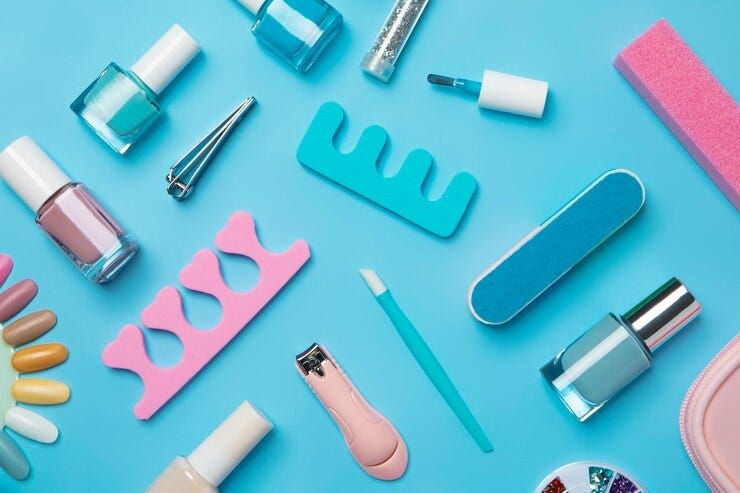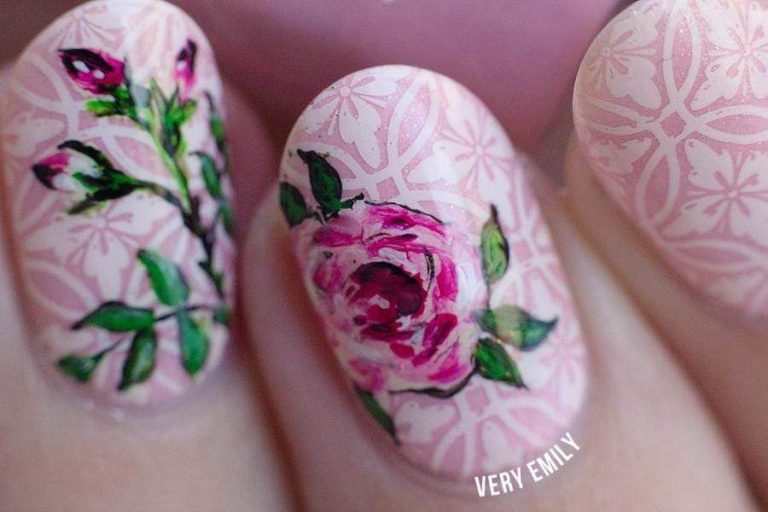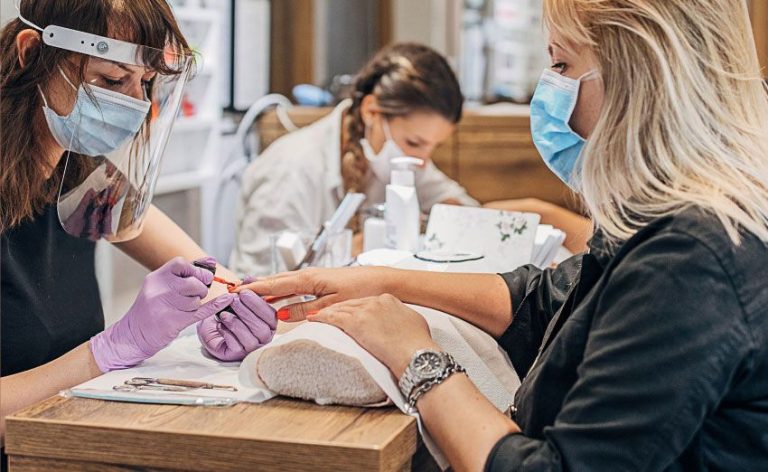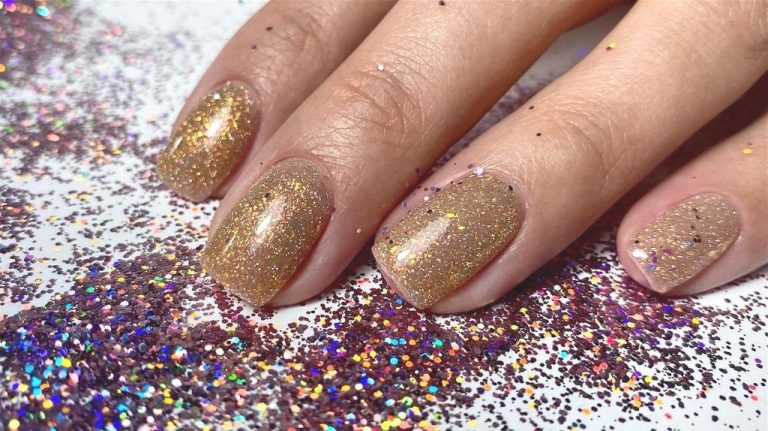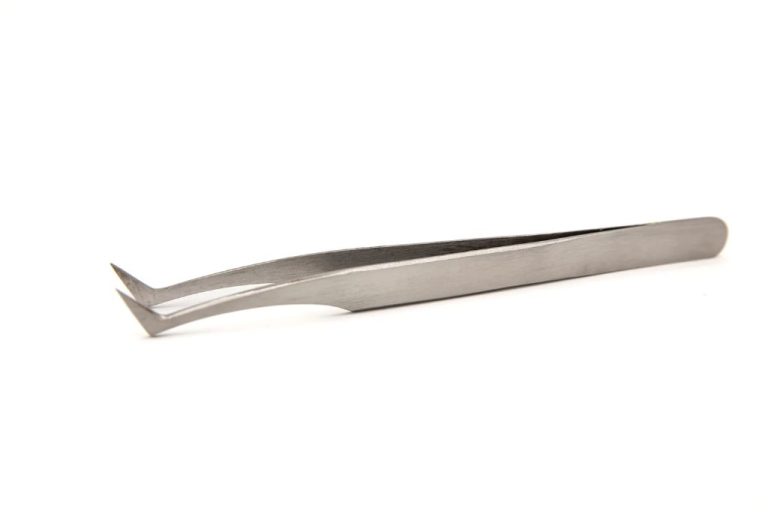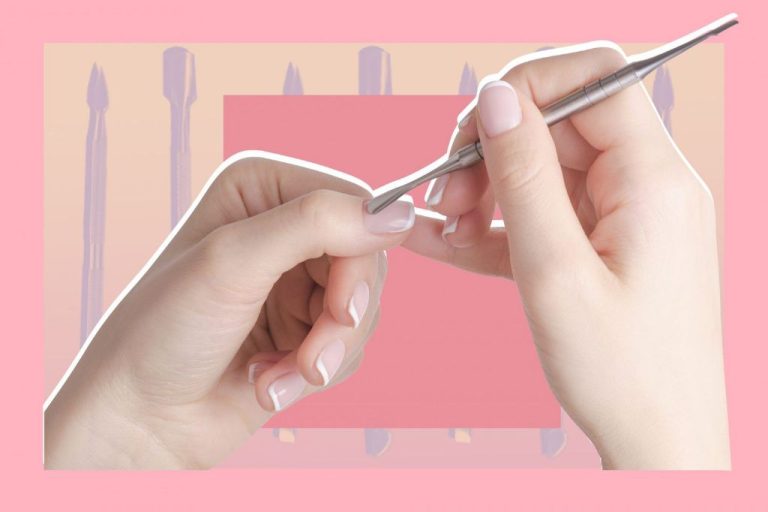The Complete Nail Tool Checklist: Everything You Need For Gorgeous Nails
The purpose of this article is to provide a comprehensive guide to the essential tools needed for achieving healthy, beautiful nails. We will cover the key types of nail care equipment that every manicure lover should have in their toolkit. From files and clippers to polishes and art supplies, we will break down the must-have items as well as provide tips for their proper use and care. With the right tools, you can give yourself a professional-quality manicure from the comfort of home. This guide aims to inform and equip readers with everything they need to know to assemble the ultimate nail tool kit. Whether you are new to doing your own nails or looking to upgrade your current supplies, this checklist covers all the bases for gorgeous DIY manicures.
Nail Files
When it comes to nail files, you have a few main options – emery boards, metal nail files, and glass nail files. Emery boards are a very common type of nail file that consist of emery paper glued to a cardboard backing. They come in various levels of coarseness, typically indicated by the color and grit number. The coarser the grit, the more filing power the emery board will have. According to Sally Beauty [1], emery boards with grits 80-100 are best for natural nails, while 120-180 grits work well for smoothing acrylics or gels between fills. Emery boards are inexpensive and portable but can fray with repeated use.
Metal nail files are usually made of stainless steel. They last longer than emery boards and provide a smoother filing experience on natural or acrylic nails. Metal files only come in fine grits; otherwise, the coarse abrasiveness can damage nails. They are a good choice for gentle shaping and smoothing [2]. However, they are less portable than emery boards.
Glass nail files are gaining popularity for their durability and gentle filing. According to an article on Sunday Riley [3], the microscopic glass particles gently file the nails without fraying or weakening them. Glass files last much longer than emery boards and provide a smooth, long-lasting finish. They are ideal for natural nails but can also be used for acrylics. They tend to be more expensive than other nail files.
Nail Clippers
Nail clippers come in two main styles – straight edge or curved edge. Straight edge nail clippers are best for trimming fingernails, while curved edge clippers work better for toenails. The key is choosing a shape that allows you to get a straight, clean cut across the nail.
Nail clippers are made from various materials like plastic, stainless steel, and titanium. Stainless steel offers durability and longevity. Make sure to choose a nail clipper with a sharp, precise blade for clean cuts without splintering or crushing the nails.
Proper clipping technique is important for getting the perfect manicure at home. Before clipping, soften your nails by soaking them in warm water. Trim your nails straight across in one motion, avoiding the corners. Don’t cut your nails too short, aim to trim just above the fingertip. File any rough edges after clipping. Replace your nail clippers regularly for maximum performance.
Cuticle Tools
Proper cuticle care is essential for healthy, beautiful nails. The cuticle is the thin layer of skin surrounding the base of the nail plate. Trimming and pushing back the cuticle prevents hangnails and overgrowth. There are three main types of cuticle tools:
Cuticle Nippers
Cuticle nippers are small clippers designed specifically for trimming away excess or dead cuticle tissue. Look for nippers like the Seki Edge Professional Stainless Steel Nail Clipper that feature ultra-sharp, precision-ground blades for a clean cut without damaging the surrounding skin.
Cuticle Pushers/Removers
Cuticle pushers gently push back and remove the cuticle from the nail plate. Choose a pusher with a rounded, scooped end like the Sally Hansen Cuticle Remover & Pusher for safe, effective cuticle removal.
Cuticle Scissors
Cuticle scissors are tiny scissors designed to trim hangnails and excess cuticle growth. Look for sharp, precise cuticle scissors like Revlon Precision Cuticle Scissors to neatly trim any bothersome hangnails.
Using the proper cuticle tools allows you to shape and clean up the cuticle area for a neat, well-groomed nail appearance.
Nail Buffers
Nail buffers are abrasive tools used to smooth, shape, and polish natural or artificial nails. There are a few main types of nail buffers:
- Shine buffers – These have a very fine grit to add shine to the nails without removing much material. They are used as a finishing step after polishing.
- Smoothing buffers – More abrasive than shine buffers, these buff away ridges and imperfections in the nails. They should be used before polishing.
- Multi-step buffers – Contain different grits, usually in 4 steps, to shape, smooth, buff, and shine nails.
Using a buffer after polish can smooth away any bumps in the polish layers. Buffing before polish helps the polish adhere better by removing oils and imperfections. It’s best to avoid over-buffing natural nails, as that can weaken them over time. Look for buffers made of quality materials like crystal for gentle, effective buffing.
Some popular nail buffer brands are Dreamtone and Danni & Toni.
Nail Brushes
Nail brushes are an essential tool for properly cleaning under and around the nails. The bristles help scrub away dirt, debris, and old nail polish from the nail plate and surrounding skin. Choosing the right bristle type is important:
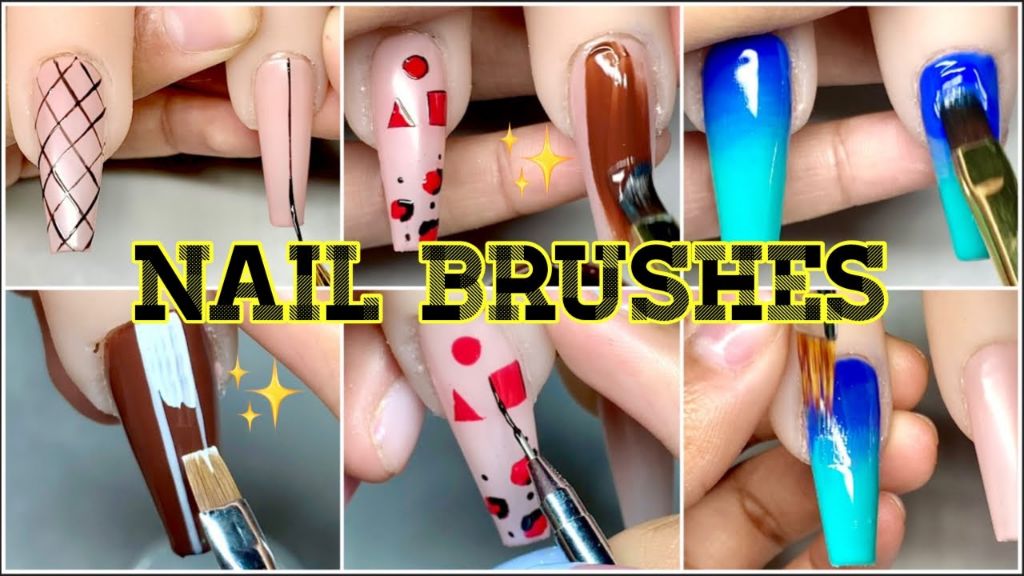
- Soft nylon or boar bristles are gentle on nails and cuticles.
- Stiffer natural bristles like tampico penetrate better to clean underneath nails.
- Avoid metal bristles which can be harsh and damage nails.
Look for a nail brush with a comfortable handle design. Bristles should be dense enough to clean efficiently but not so stiff they will scratch nails or skin. It’s handy to have separate nail brushes – one for hands and one for feet.
Regularly using a nail brush helps prep nails for polish application. Thoroughly cleaning the nail surface removes oil and debris so polish adheres better and lasts longer. Gently brushing around cuticles will neatly define the nail and enhance the polished look.
Cuticle Oil
Cuticle oil is an essential nail care product that helps keep cuticles soft and nails healthy. It comes in a variety of formulations, with different oils as the main ingredients:
- Jojoba oil – rich in vitamins and minerals, provides deep hydration
- Sweet almond oil – softens and repairs dry, cracked cuticles
- Vitamin E oil – powerful antioxidant that protects nails
- Lavender oil – has antifungal and antibacterial properties
- Tea tree oil – helps treat nail infections and cuticle inflammation
- Argan oil – high in vitamin E and fatty acids to nourish nails
Applying cuticle oil provides many benefits for the nails and cuticles:
- Softens and moisturizes dry, cracked cuticles
- Strengthens weak, brittle nails
- Prevents hangnails and promote healthy nail growth
- Reduces cuticle inflammation and infections
- Gives nails a glossy, lustrous look
To use cuticle oil, apply a few drops to each nail and cuticle 1-2 times per day. Gently massage the oil into the nail bed and cuticles for 30-60 seconds. For best results, apply after washing hands and before bedtime. Using cuticle oil regularly will transform even the most unruly cuticles and dry nails (L’Occitane Shea Nail and Cuticle Oil, 2022).
Nail Polishes
Nail polishes come in a variety of categories and formulas. Here’s what you need to know about the main types:
Base Coat
A base coat is applied first before any color. Base coats help the color go on smoothly and evenly. They also help protect nails from staining. Some base coats are formulated to help color last longer. Popular base coat options include OPI Natural Nail Base Coat and Essie Here to Stay Base Coat.
Color
This is the fun part! Nail color comes in every hue imaginable. You can do a single color or get creative with multiple colors and designs. Most nail polish is available in creams, shimmers, mattes, metallics, and more. OPI and Essie are two of the most popular nail color brands.
Top Coat
A top coat goes on last to help seal and protect the color underneath. Top coats come in regular polish formulas as well as quick-dry options. Top coats help prevent chipping and add an extra layer of shine. Seche Vite Dry Fast Top Coat is a popular quick-dry top coat choice.
Specialty Polishes
Some polishes offer extra benefits beyond just color. This includes strengthening formulas to help nails grow stronger and gel polish which cures under a UV or LED lamp for extended wear. There are also breathable nail polishes made with natural ingredients and without harsh chemicals for sensitive nails.
Nail Art Tools
Nail art has become increasingly popular, allowing you to get creative and make fun designs on your nails. There are several essential nail art tools you’ll want to have on hand:
Dotting tools are extremely versatile for making polka dots, flowers, and other designs. They come in various sizes of metal or plastic tips. Use them with acrylic paints or colored polishes to create patterns.
Striping tape allows you to mask off straight lines and geometric shapes. Apply it to the nail, then paint over it. Peel it away to reveal perfect stripes and shapes. Different widths are available for varied looks.
Small fine brushes give you control and precision when painting designs. They’re great for making fine details and outline work. Brushes with angled heads or striping brushes are designed specifically for nail art.
Rhinestones, crystals and charms allow you to add sparkle and dimension. Use a small dot of nail glue to affix them to your finished nail art design. Pick from clear, colored, and even holographic options.
With the right nail art tools, you can unleash your creativity. From simple patterns to 3D designs, the possibilities are endless. Stock up on dotting tools, striping tape, brushes, rhinestones and more for gorgeous nail art.
Nail Care Tips
Proper filing technique is essential for keeping nails healthy and preventing breakage. Always file nails in one direction, moving from the outside edges towards the center. Never saw back and forth as this can damage the nail. After filing, buff nails in a circular motion to smooth ridges and imperfections.
It’s important to keep cuticles hydrated to prevent hangnails and cracking. Massage cuticle oil into the nail bed and cuticles daily, and apply a thick moisturizer after washing hands. Pushing back cuticles can damage the nail matrix, so avoid cutting or picking at them.
When polishing nails, apply a thin base coat first to protect from staining. Let each coat dry thoroughly before adding the next, and cap the tips to prevent chipping. Use acetone-free remover and avoid peeling off polish, which can take layers of the nail with it. Limit UV exposure after polishing, as the lamps can weaken nails over time.
